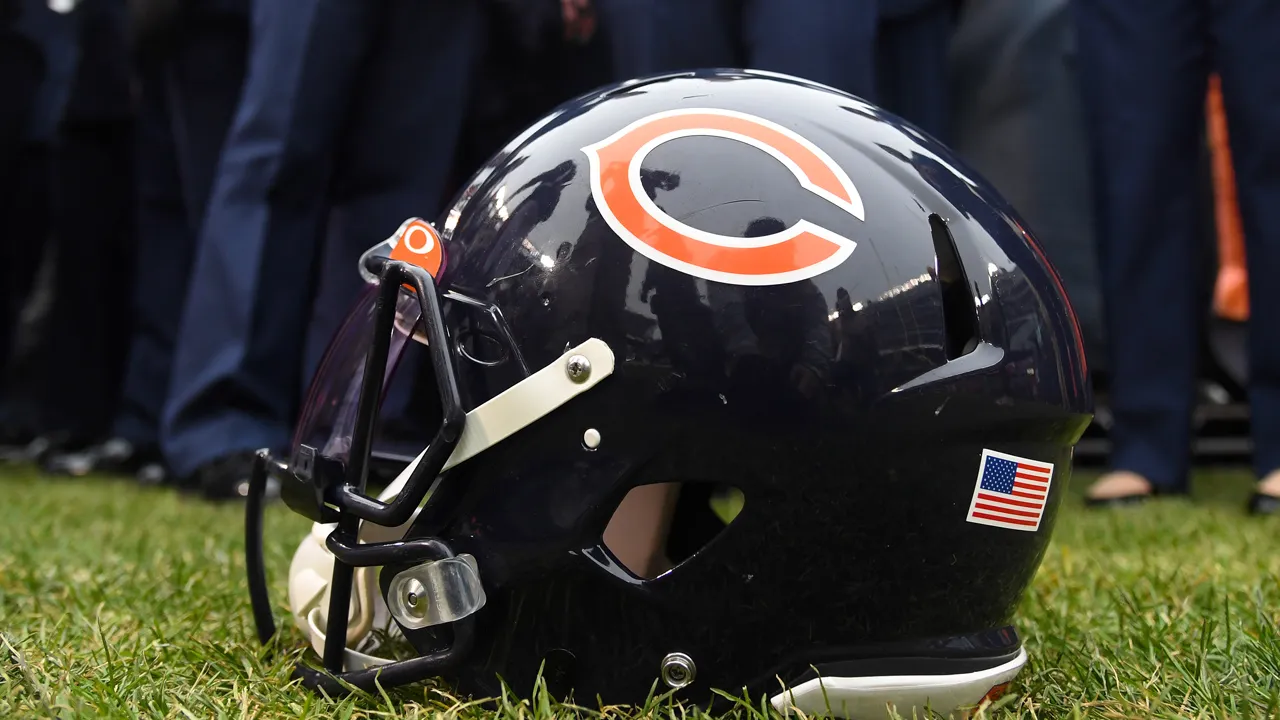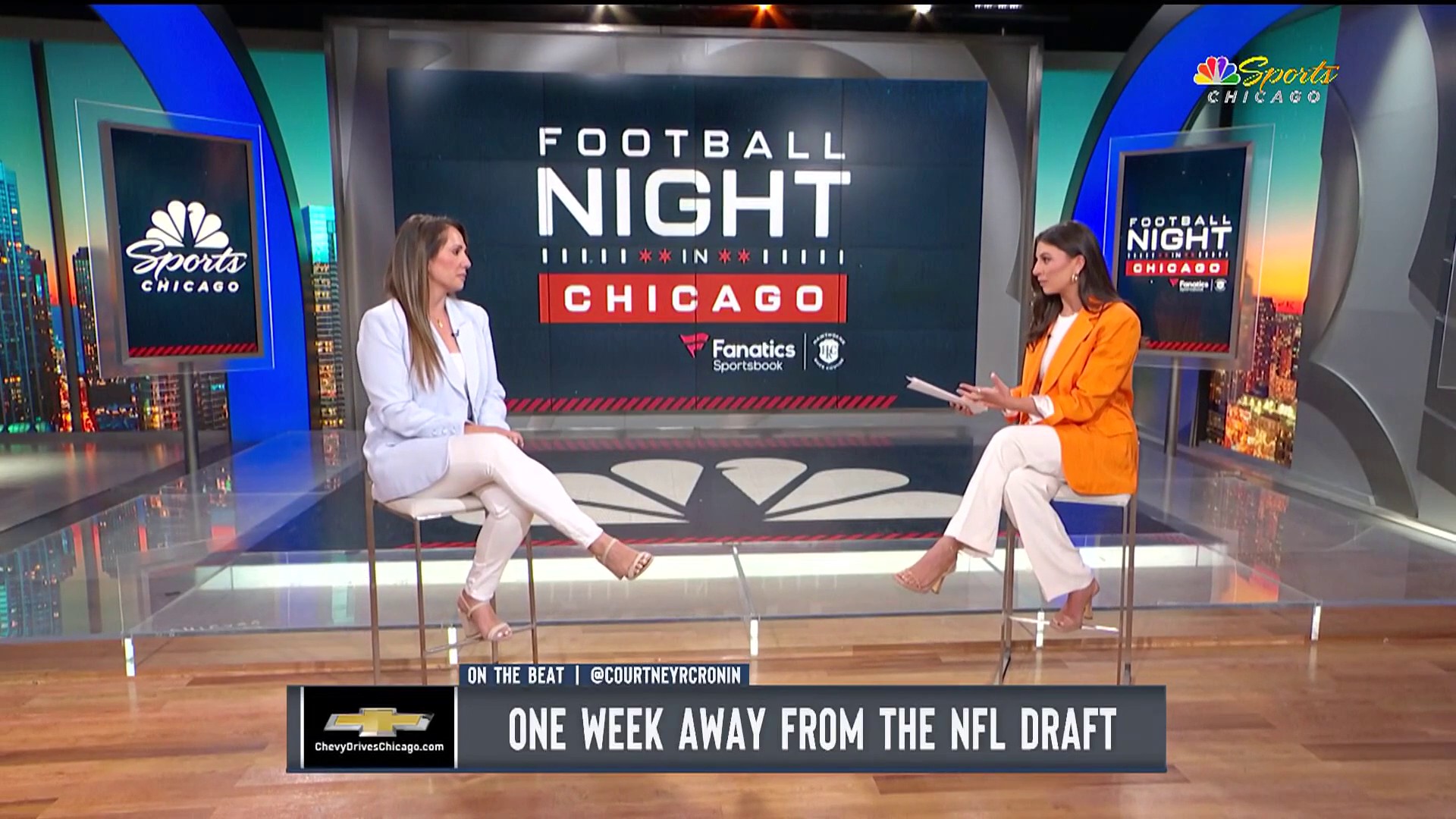
The NFL is deep into its second wave of free agency, with nearly all of the top names available off the market. The Bears got their (relative) heavy lifting done last week, signing five key players: Running back Mike Davis, wide receiver Cordarrelle Patterson, interior offensive lineman Ted Larsen, slot cornerback Buster Skrine and safety Ha-Ha Clinton-Dix.
All five of those players filled holes, from depth/rotational guys (Davis, Patterson and Larsen) to expected starters (Skrine and Clinton-Dix).
The Bears, reportedly, agreed to bring back punter Pat O’Donnell on a two-year contract, checking off another box there. But Ryan Pace’s work isn’t done yet, with one more significant need yet to be addressed: A rotational edge rusher.
Stay in the game with the latest updates on your beloved Chicago sports teams! Sign up here for our All Access Daily newsletter.
Where things stand
Right now, the Bears’ outside linebacker depth chart is topped by Khalil Mack, Leonard Floyd, Isaiah Irving and Kylie Fitts, with Canadian Football League signee James Vaughters perhaps getting a look there, too.
Aaron Lynch, 2018’s incumbent rotational edge rusher, hasn’t been linked to the Bears in free agency and is reportedly taking visits elsewhere:
Lynch played in 13 games last year and did reasonably well on a one-year prove-it contract, notching three sacks and an interception while providing a consistent edge-setting presence against the run. He played 40 percent of the Bears’ snaps in those 13 games, including starts against the New York Jets and Buffalo Bills, when Mack was inactive.
If Lynch isn’t coming back, his usage last year is a decent blueprint for what the Bears want out of a third edge rusher — playing somewhere between one-third and one-half of the snaps in a given game in which Mack and Floyd are healthy, with the ability to step in and effectively start, too.
NFL
Who’s still available?
Justin Houston, Ezekiel Ansah are the biggest names still out there. A few other options: Nick Perry, Cassius Marsh, Shane Ray, Connor Barwin and Pernell McPhee.
We’ll start with Houston. He’s 30 and had nine sacks in 2018 and played 80 percent of the Kansas City Chiefs’ defensive snaps in the 12 games he played. Would he be willing to take a decreased role to come to Chicago?
If he would, Houston would be a tremendous fit. The Bears likely have somewhere around $13 million in cap space, per Spotrac (consider that a rough estimate), and while they won’t spend it all that’s likely enough room to fit Houston in on a one-year deal. Again, the question is more if Houston would be willing to sign with a team that doesn’t have a No. 1 or No. 2 edge rushing opening.
Ansah would seem to be less likely to fit with the Bears, especially if he’s seeking a one-year prove-it deal after only appearing in seven games in 2018 (he still had four sacks, which given the circumstances, is rather impressive). He had a dozen sacks in 2017, and while he turns 30 in May he could do well to rebuild his value somewhere that can offer him a full-time role.
A viable ex-Packer would be Nick Perry, who was released by Green Bay in the wake of their dual Smith-based edge rusher signings (Za’Darius and Preston). Perry turns 29 in April and slowed considerably in 2018, only managing 1 1/2 sacks in nine games. As his 11-sack 2016 gets further in the rearview mirror, perhaps he could fit as a rotational guy for the Bears.
Before the Bears traded for Mack, there was a thought the team could have interest in acquiring Ray from the Denver Broncos, especially after the two teams held joint practices in Colorado in mid-August. Ray played in 11 games in 2018, had just one sack and was a healthy scratch for the final three games of the season. While he’s only entering his age-26 season, more than half his 14 career sacks came in 2016 (eight). Ray, though, fits closer to the profile of Lynch — an oft-injured guy in his mid-20’s who could use a change of scenery.
Neither Barwin (one sack) or McPhee (no sacks) did much in rotational roles in 2018 and are each on the wrong side of 30. A reunion with McPhee could at least produce some fun media sessions in the Bears’ locker room.
What about the draft?
Pace is a “best player available” guy, which is why he waited until the sixth round to draft his first edge rusher — Fitts — a year ago, even when there was a glaring need opposite Floyd (one, thanks to Jon Gruden, that was ultimately filled by Mack). It’s rare for a quality edge rusher to make it to the third round, let alone later: Since 2013, only 22 of the 147 outside linebackers and defensive ends taken in the third through seventh rounds have amassed at least 10 sacks. The most sacks a player picked 87th or lower in 2018 (the Bears’ first pick in this year’s draft is No. 87) was three, coming from Detroit’s Da’Shawn Hand.
Perhaps Pace could unearth a projectable edge rusher with one of the Bears’ draft picks, but that’s not an easy task. Most anyone with NFL-ready pass rushing skills are off the board by the end of the second round.
So what's next?
It would make sense for the Bears to sign an outside linebacker at some point in the coming weeks, given how unproven Irving and Fitts are behind Mack and Floyd. But it’s not like Pace is going to sign someone with whom he doesn’t have conviction just to fill a hole — again, he didn’t last year, when the Bears would’ve gone into Week 1 with Floyd, Lynch and Sam Acho as their edge rushing rotation.
The Bears have some other needs to address lower down their depth chart — another tight end and cornerback, perhaps, as well as guys who will head into training camp competing for spots largely via special teams. Pace could still sign a kicker to add to their growing competition, and the team does need a long snapper with Patrick Scales now an unrestricted free agent.
An edge rusher, though, would be the only move left out there that could move the needle before the draft. We’ll see if that happens.


